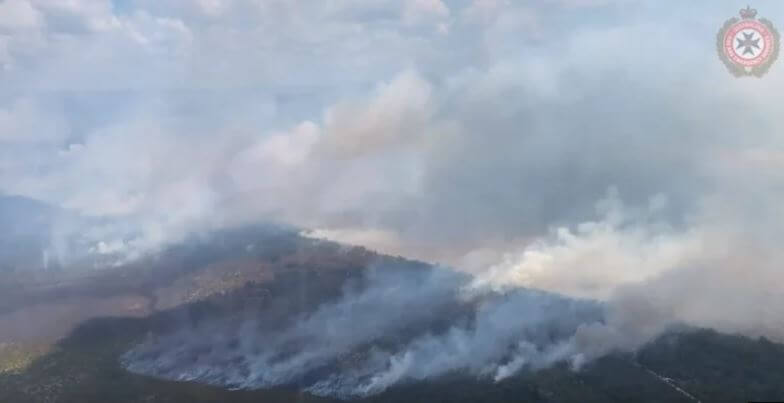The K’gari-Fraser Island bushfire was finally contained over the weekend, after burning for nine weeks since a not-properly-extinguished campfire started the blaze in mid-October. Queensland Fire and Emergency Services (QFES) had 24 firefighting aircraft in operation at the peak of the campaign, when fire threatened the holiday town of Happy Valley. In spite of this high-tech and high-resource response, 85,000 of the island 184,000 hectares were burned by the bushfire.
In announcing the fire’s containment on Facebook, QFES also thanked their partners at the Butchulla Aboriginal Corporation for its cooperation in fighting the fire. While such statements are a step in the right direction, the partnership remains fragile and its terms are still being ironed out.

Since 1971, K’gari-Fraser Island has progressively been incorporated into Great Sandy National Park, and so has come under the jurisdiction of Queensland Parks & Wildlife. Local people had little say in park administration rules, and indeed the population had by then been reduced from several thousand to just a few hundred, following forcible removal of K’gari-Fraser Island locals to missions on the mainland earlier in the century.
In October 2014, the Butchulla Aboriginal Corporation won a native title determination over the island in Federal Court. Local indigenous people told researchers there was little significant change in the aftermath of the decision. Aboriginal people were still regulated by Parks & Wildlife in terms of where they were permitted to camp and light fires.
Yet seeds of change on the island may have been sown with the commencement of the indigenous rangers program in August 2018. Rangers are employed through the Queensland government’s Indigenous Land and Sea Ranger program, which funds ranger employment via the land councils to the tune of $12 million per year. The rangers are employed in biodiversity monitoring and plant and animal pest control, but also carry out cultural burns.
A successful shift in K’gari-Fraser Island could become the template for more effective fire management in national parks across Australia. With just the insurable cost of bushfire damage from 2019-20 exceeding $1 billion, expanding such programs seems an obvious first step to making Australia a more sustainable place to live in the climate change century.